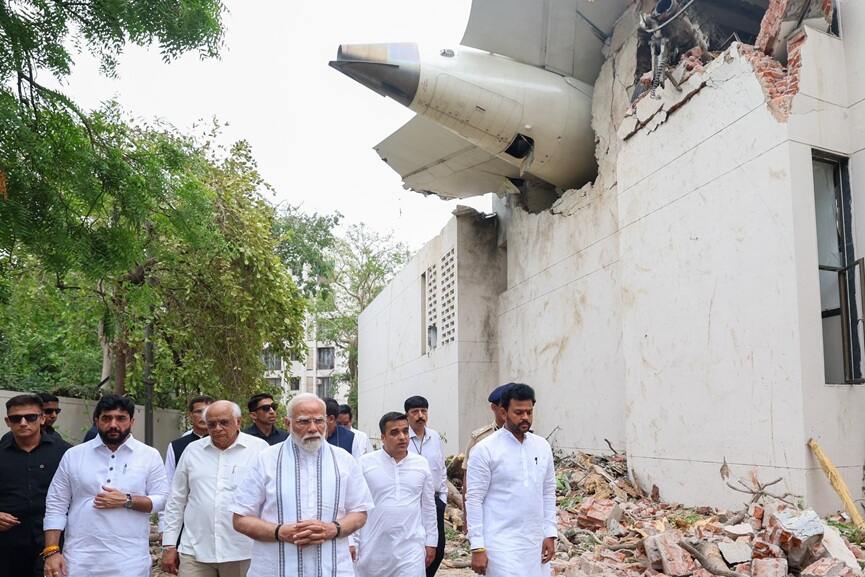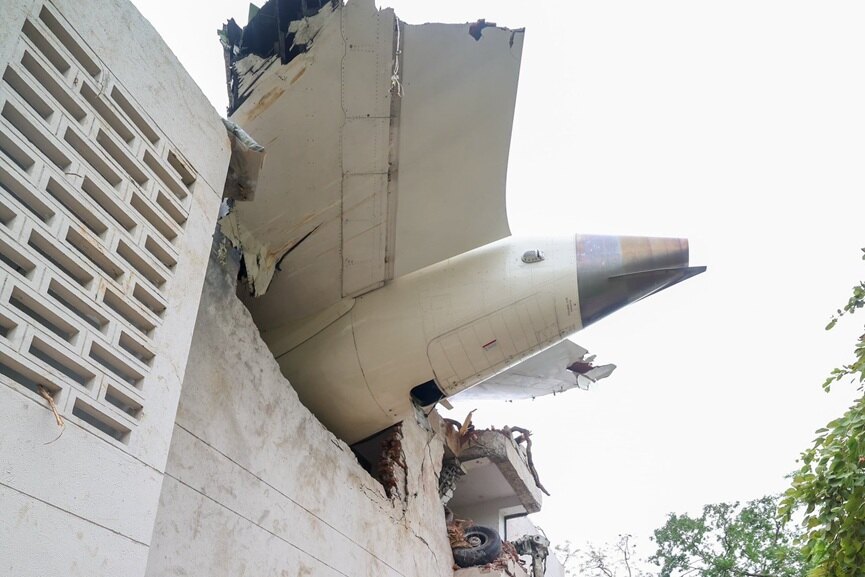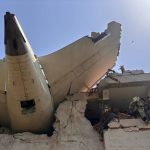New Delhi: A preliminary investigation into the tragic crash of Air India Flight AI171 has revealed cockpit confusion in the moments leading up to the disaster, which claimed 260 lives and became the world’s deadliest aviation accident in a decade.
The report, released on Saturday by India’s Aircraft Accident Investigation Bureau (AAIB), sheds new light on the sequence of events that unfolded just seconds after the Boeing 787 Dreamliner took off from Ahmedabad en route to London.
The findings raise fresh questions about the critical engine fuel cutoff switches, which inexplicably flipped mid-flight, starving both engines of fuel and causing the aircraft to lose thrust and altitude before crashing into residential buildings near the airport.
According to the 15-page preliminary report, the Boeing 787, operated by Air India, began losing power almost immediately after liftoff. CCTV footage confirmed that the aircraft’s ram air turbine (RAT)- a backup power source typically deployed in emergencies had activated, indicating a sudden loss of engine power.

Within 90 seconds of takeoff, both engines were simultaneously shut down after the fuel cutoff switches flipped from “RUN” to “CUTOFF,” effectively choking off the fuel supply to the engines.
The cockpit voice recorder captured the confusion on the flight deck, with one pilot asking the other, “Why did you cut off the fuel?” to which the second pilot responded, “I did not.”
The report did not specify which remarks were made by Captain Sumeet Sabharwal, 56, an experienced Air India instructor with over 15,600 flying hours, and which were from First Officer Clive Kunder, 32, who had logged more than 3,400 hours.
The AAIB report suggests that neither aircraft manufacturer Boeing nor engine maker GE Aerospace bore any apparent responsibility for the accident. The focus has shifted instead to the unexplained flipping of the fuel cutoff switches.
The report further revealed that at the crash site, both switches were found in the “RUN” position, suggesting that the crew may have attempted to restart the engines before impact. While one engine showed signs of relighting, the aircraft’s low altitude made recovery impossible.
A statement from Boeing President and CEO Kelly Ortberg on Air India Flight 171.
Full statement: https://t.co/CtZuIKoa4T pic.twitter.com/9OEkC8RURx
— Boeing Airplanes (@BoeingAirplanes) June 12, 2025
In the flight’s final moments, a “Mayday, Mayday, Mayday” distress call was transmitted, but the plane had already entered an unrecoverable descent.
The black boxes comprising both the cockpit voice recorder and flight data recorder were recovered and analyzed in India, providing crucial insights into the aircraft’s performance and the crew’s final actions.
Air India issued a brief statement acknowledging the AAIB’s findings and confirming its cooperation with authorities, while declining to comment further.
Boeing also reiterated its continued support for both the investigation and Air India, while GE Aerospace did not immediately respond to media inquiries.
The AAIB is expected to release a comprehensive final report within a year, in line with international standards.

























